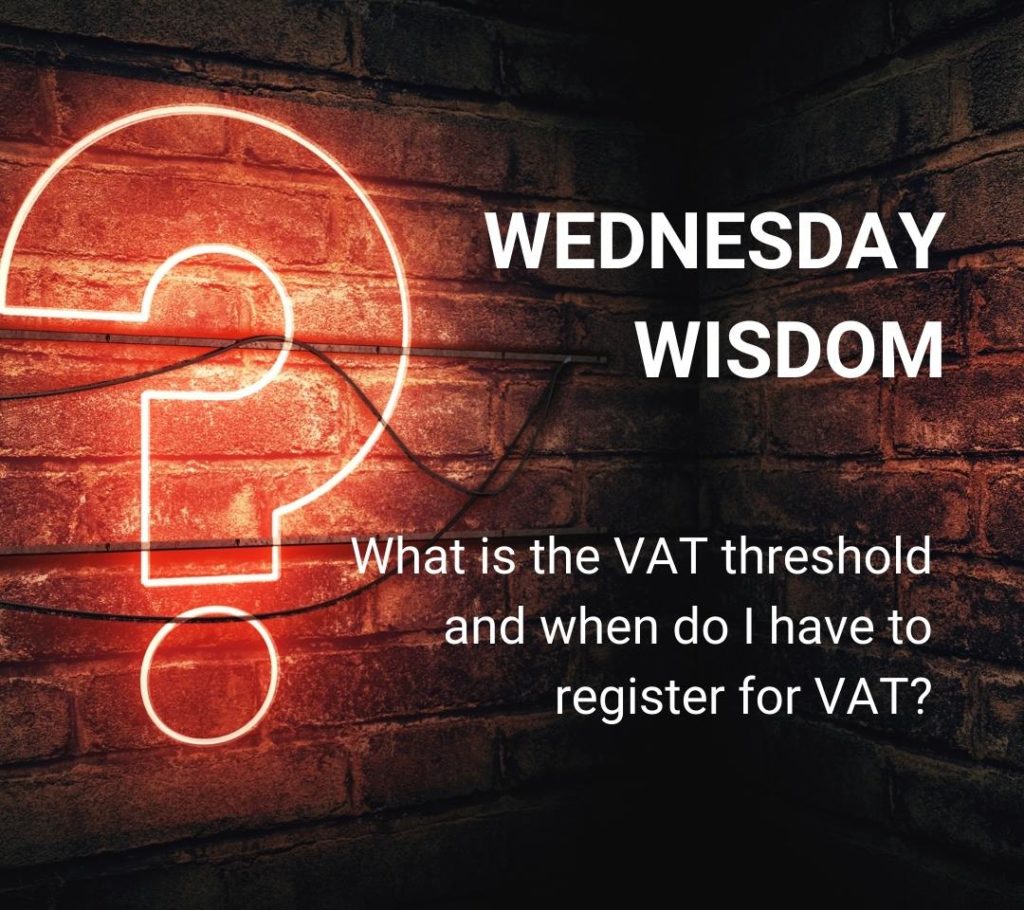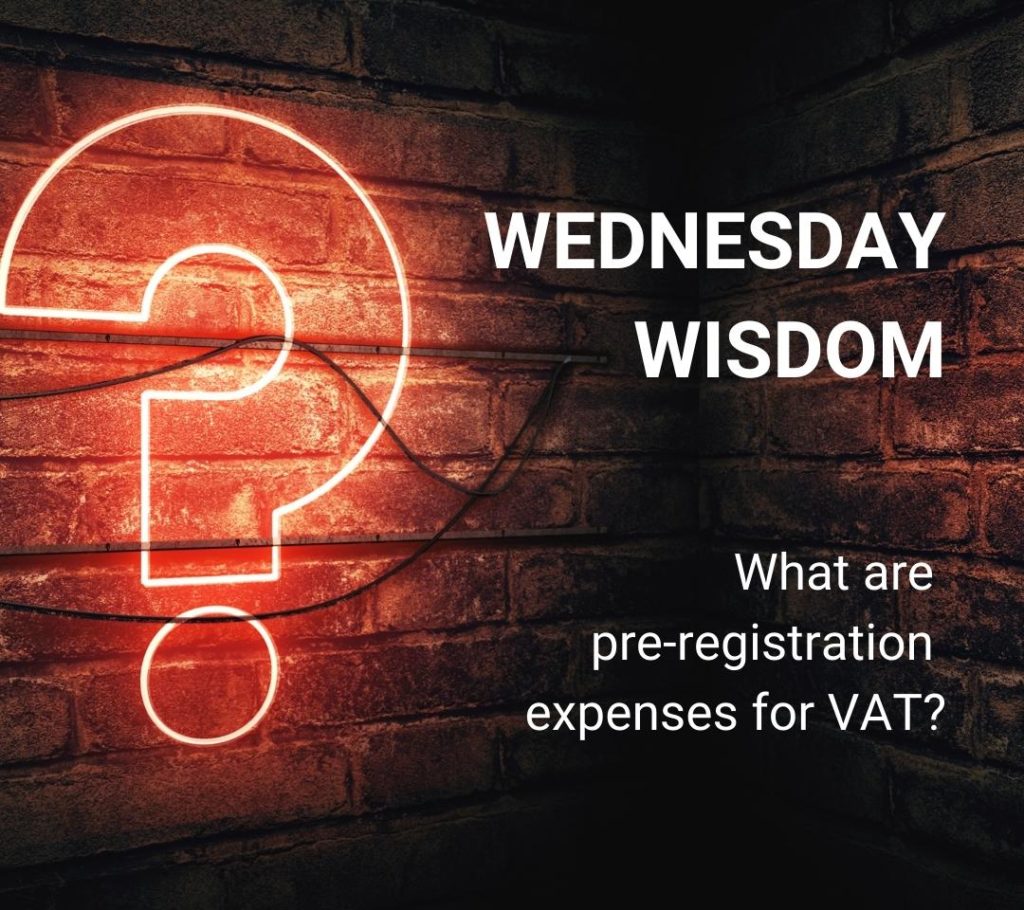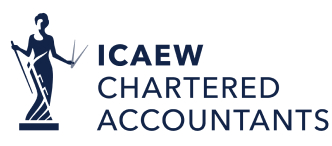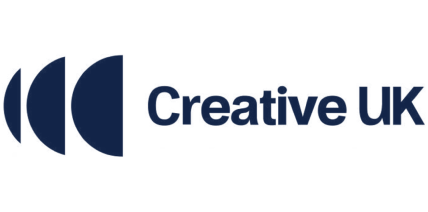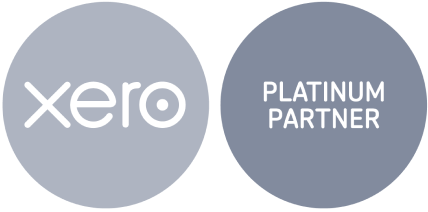Updated 26th March 2020
HMRC will use data on 2018-19 returns already submitted to identify those eligible and will risk assess any late returns filed before the 23 April 2020 deadline in the usual way.
Please note that this scheme does not cover individuals who pay themselves a salary and dividends through their own company. HMRC has stated that these individuals may however be covered for their salary by the Coronavirus Job Retention Scheme if they are operating PAYE schemes. This means in reality that those personal service companies in existence who typically pay a low salary to the owner/director and top their earnings up with dividends fall between the gaps as they are not covered in any meaningful way by either the Job Retention Scheme or the Self-Employment Income Support Scheme
The scheme is similar to the Coronavirus Job Retention Scheme but with important differences:
To qualify for the scheme, a self-employed individual must satisfy the following conditions:
- The individual must be self-employed or a partner in a partnership
- The individual must have a trading profit of less than £50,000 in 2018-19 or an average trading profit of less than £50,000 from 2016-17, 2017-18 and 2018-19
- They must have filed a 2018/19 tax return declaring their self-employment income with four weeks from today for late filers to bring their returns up to date
- If they have other sources of income, their self-employed income must represent at least 50% of their total income
But note that the self-employed individuals can continue to carry on in business (i.e. there is no requirement to stop working as there is with the scheme for employees).
How much you’ll get
You’ll get a taxable grant which will be 80% of the average profits from the tax years (where applicable):
• 2016 to 2017
• 2017 to 2018
• 2018 to 2019
To work out the average HMRC will add together the total trading profit for the 3 tax years (where applicable) then divide by 3 (where applicable), and use this to calculate a monthly amount. It will be up to a maximum of £2,500 per month for 3 months. The grant will be paid directly into your bank account, in one instalment.
How to apply
You cannot apply for this scheme yet. HMRC will contact you if you are eligible for the scheme and invite you to apply online – individuals do not need to contact HMRC to apply.
You will access this scheme only through GOV.UK. If someone texts, calls or emails claiming to be from HMRC, saying that you can claim financial help or are owed a tax refund, and asks you to click on a link or to give information such as your name, credit card or bank details, it is a scam.
After you’ve applied
Once HMRC has received your claim and you are eligible for the grant, they will contact you to tell you how much you will get and the payment details.
Please note that if you claim tax credits you’ll need to include the grant in your claim as income.
Other help you can get
The government is also providing the following additional help for the self-employed:
- deferral of Self Assessment income tax payments due in July 2020 and VAT payments due from 20 March 2020 until 30 June 2020
- grants for businesses that pay little or no business rates
- increased amounts of Universal Credit
- Business Interruption Loan Scheme
If you have concerns or questions, please contact a member of the WW Creatives team. As further details are announced, we will keep you informed.


